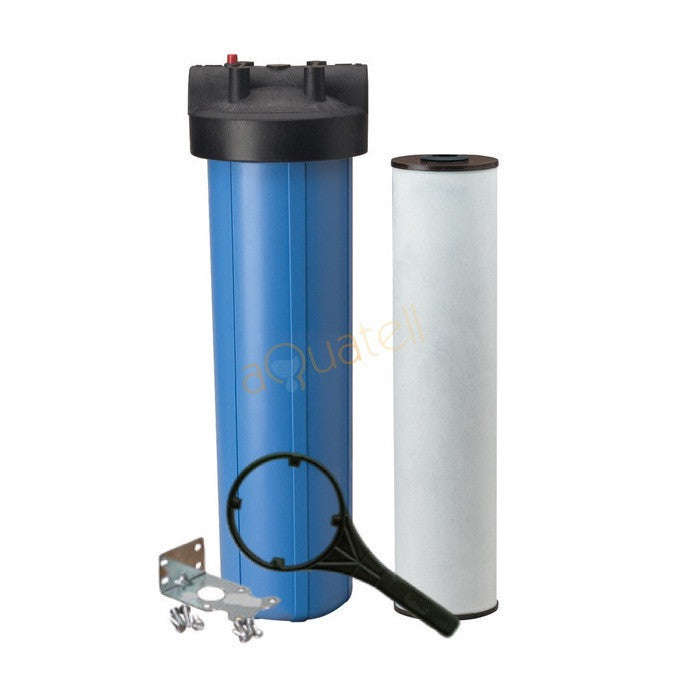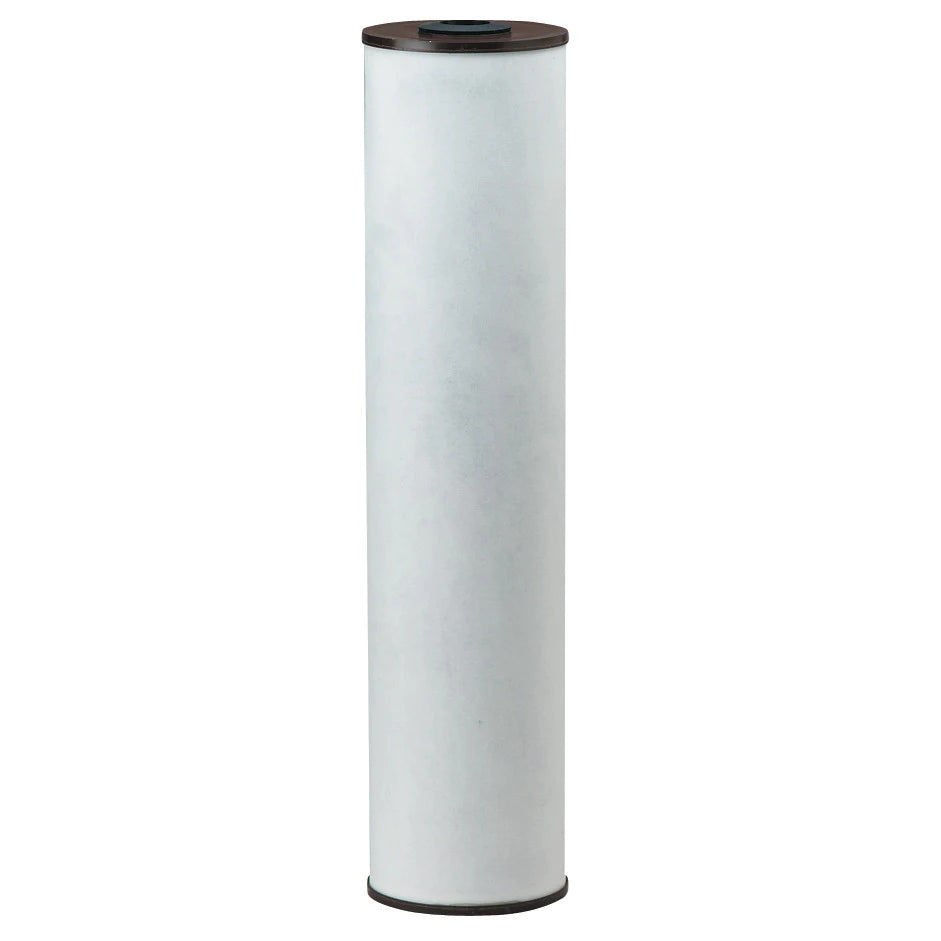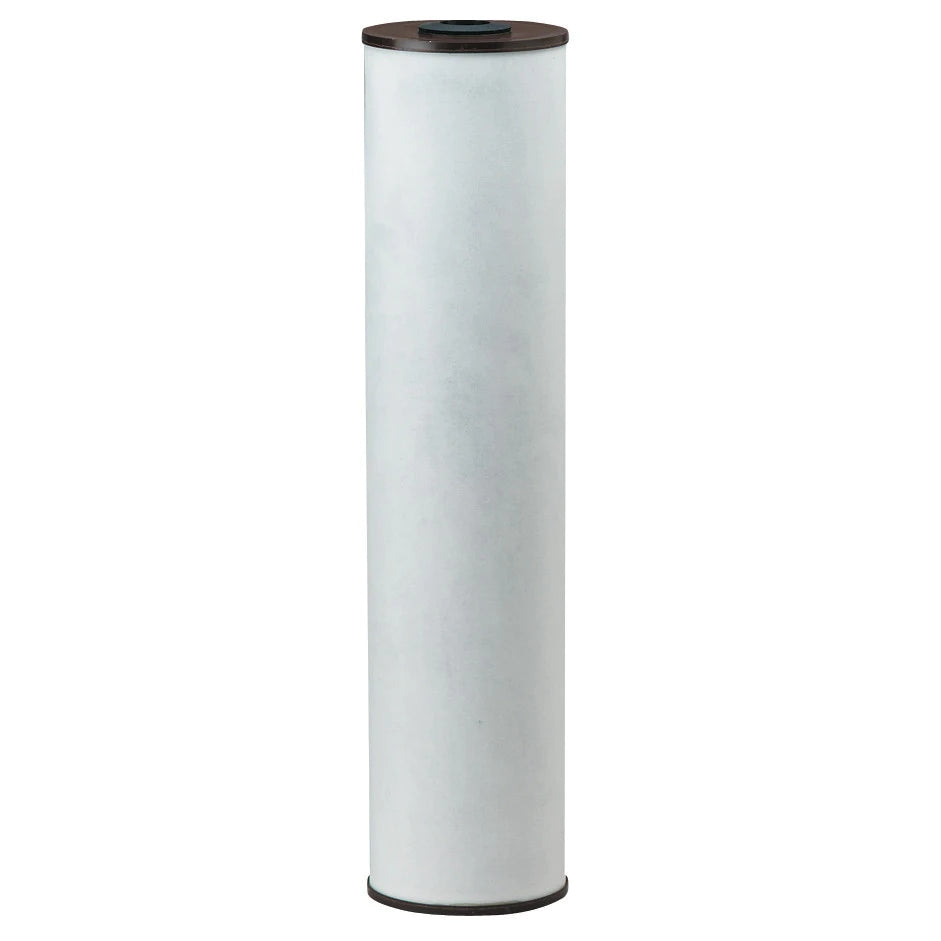Iron Water Filters
Iron water filters from Aquatell will solve your iron issue and save your home from the many terrible consequences of iron-bearing water. The Atmos-AIO is our flagship iron filter product. It will remove massive amounts of clear-water and oxidized iron, manganese, and sulphur and does so without the use of chemicals. For clear-water iron only, the Prosoft 2GW water softener can be an excellent choice. For low-flow applications or where iron concentrations aren't as high, we offer a cartridge-based solution.





